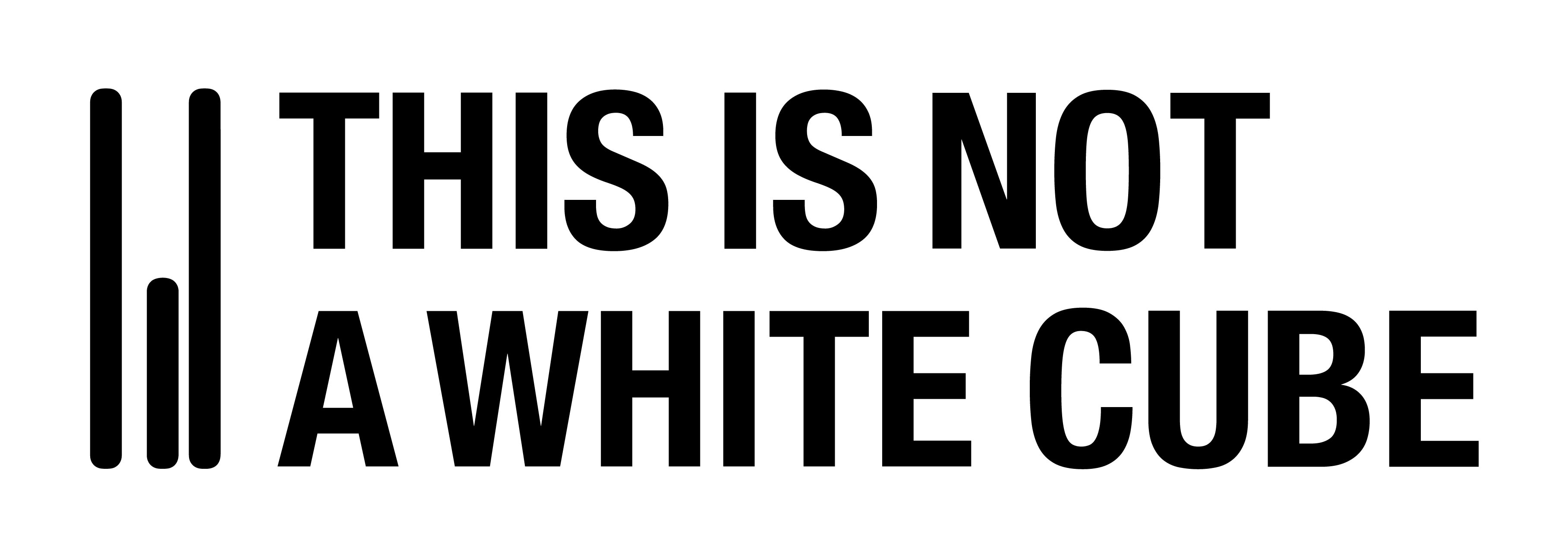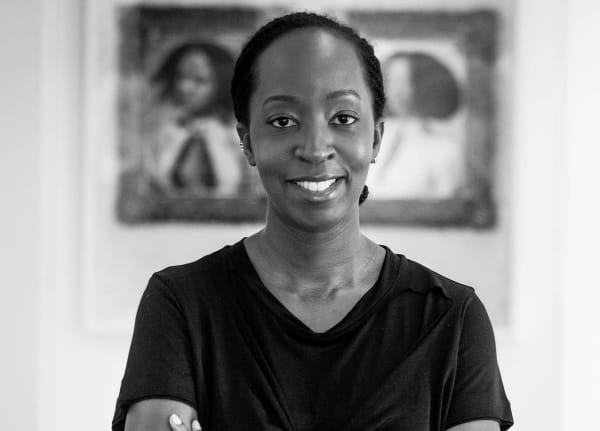Panorama is the first solo exhibition of Mónica de Miranda in Angola, an artist whose multimedia work deals with themes related to geographies of affection, poetics of belonging and the processes of construction of identities.
Angola is one of the artist’s geographies of affection and Panorama marks her return to the Luanda’s urban landscape as well as other landscapes whose remnants of the past, colonial and others are materialised through the architectural space. Abandoned buildings, reused, swallowed by nature or transformed by the processes of gentrification bear witness to the country’s recent history.
The title Panorama(2017) immediately refers to the iconic hotel located on the Island of Luanda that offered its guests and visitors’ panoramic views of the Luanda Bay and of the Atlantic Ocean, and which is now deactivated and abandoned.
The hotel as an architectural typology carries the symbolism of travel, of diasporic transits so evident in the artist’s work and marks a point from which the exhibition is articulated: on the one hand, the Hotel Panorama, built in the 60s and 70s symbol of a certain modern-tropical decadence, and on the other side, the Hotel Globo constructed in the 50s. The latter, theme of the artist’s first works in Luanda and represented in the video installation Hotel Globo(2014-16), and that serves as a landmark for observing the urban and social transformations in the centre of Luanda. Unlike the Hotel Panorama, which seems resigned to its own luck, the Hotel Globo presents itself as an enclave of resistance to the accelerated changes in its surroundings.
However, Panorama does not only represent the hotel – but a set of broader meanings – a panoramic view, multifaceted and integral of various themes and/or objects. This dual meaning is assumed on the one hand as a narrative strategy and on the other as a representation strategy. Images are fragmented, transformed into panoramic views, absorbent installations where the viewer becomes an integral part of the work. Others, such as the Angolan House(2017) and Like a Candle in the Wind(2017) receive a wax treatment that gives the images an eternal dimension, referring to the urgency of preserving memory.
The inclusion of obscure characters such as the Twins in various images – When Words Escape Flowers Speak(2017), and Plateau(2017) portrays a double identity that confuses or overlaps but is always distinctive and individual.
In the film / installation Dó (2018), a piece specially developed for this exhibition with the collaboration of the artist Chullage in the construction of the sound landscape, a dancer observes the city from the top of the Prédio do Livro, while a string orchestra plays discontinuous notes and compositions, a performance in different locations, ruined spaces, looking for the correct chord. Composed as a symphony of the city, in the tradition of the symphonic films of Dziga Vertov (Man with a Movie Camera)the film is a study about Luanda and its transformations, where the characters fluctuate between being agents or mere observers of history.
Remnants of different actors – political, economic and social are visible and materialized in the morphology of cities, it is what makes them unique; it is also in these spaces that (new) identity relations are designed, each time more distinct and unique, as a result of the memory action of different social groups.
These topographies of tension between the present past and an uncertain present, with the spatiotemporal discontinuities typical of trans-historical (postcolonial) places that serve as departure points for Monica de Miranda’s post-archival research project, where the artist develops a critical process of historical deconstruction and re-reading of Angolan collective memory.
Panorama is not urban archaeology, nor is it merely a meditation on the presence of the colonial past in postcolonial contexts, on individual memory versus collective memory. Its images are not a register, they exist in a transitional space, which allows a broader reflection on strategies of formation of individual and collective identities that, as anticipated by Homi K. Bhabha “initiate new signs of identity, and innovative sites of collaboration, and contestation in the act of defining the idea of society itself.”[i]
[i]Homi K. Bhabha –The Location of Culture, Routledge Classics, pág. 2
Curator: Paula Nascimento, 2018
Artist: Mónica de Miranda
Production: This is Not a White Cube




















